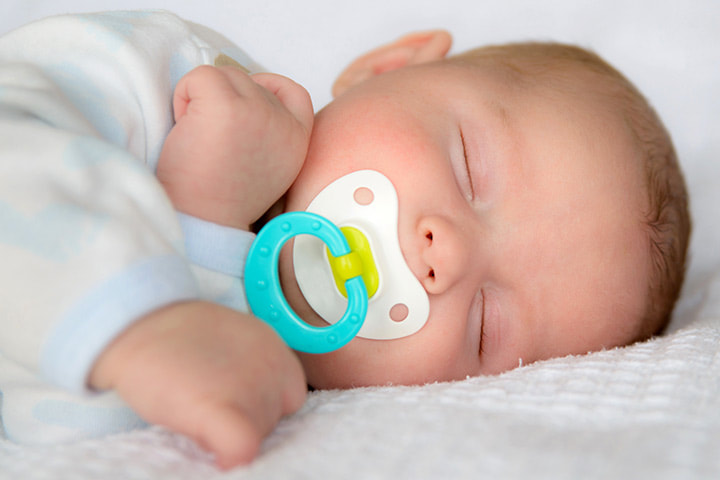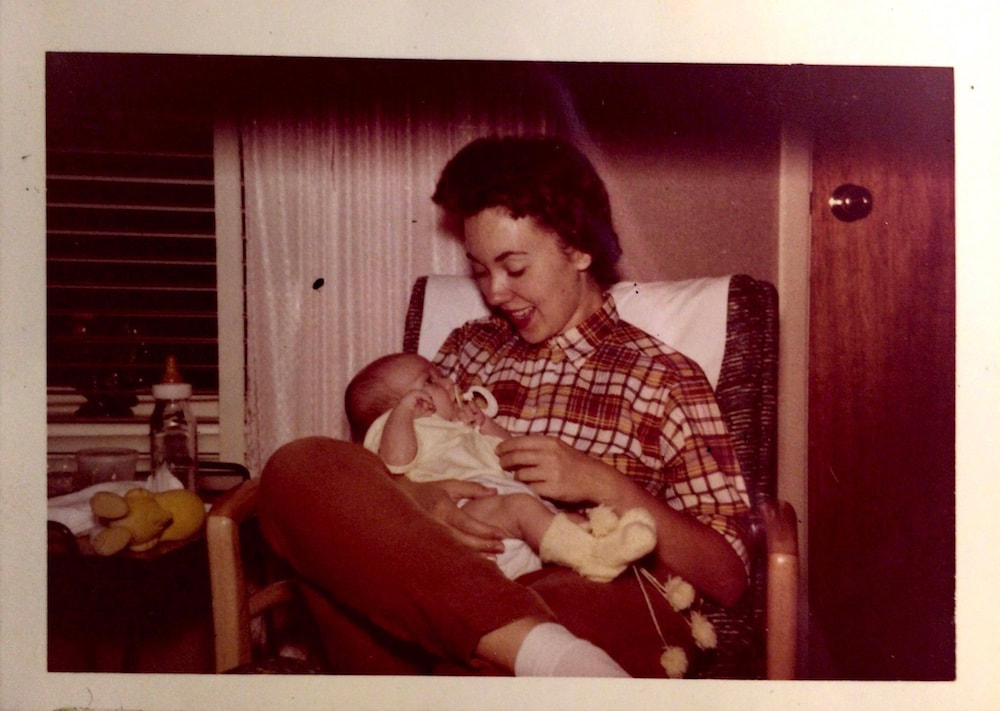I grew up in a 1950’s split-level tract house. It had a staircase up and another staircase down in the center of the house, leading to the bedrooms and the “Rec” room respectively. Today we’d call it a Starter House, but I just called it “home.”
My parents were cash poor newlyweds when they bought that house, so they bought the cheapest model (one full bath, 3 bedrooms) and my father elected to finish out the Rec Room – adding a full bath with a shower stall - as well as doing his best with the woefully inadequate closet space in the entire house. My dad ended his career as an electrical engineer and started it as a carpenter’s assistant, so he was well up to the task of finishing his house. In fact, my dad was renowned for how much stuff he could pack into a small space. My closet, in particular, was a work of art. The door opened on the long wall of a small rectangular space, so that the sides of the closet extended behind the wall. Dad installed 2 short bars in one wing of the closet, and one bar for slightly longer clothes in the other wing. Under that were shelves where I kept my constantly rotating collection of art and craft supplies. Way up high, above my reach, were 2 shelves where my mom stashed who-knew-what. By the time I was nine or so, this closet was packed. The hooks on the long back wall were filled with belts and purses. The shoe rack on the door was overstuffed. By the time I was 12, it was a crisis of major proportions when the granny dresses of the day were too long to hang in the closet. Mom and I were assigned the task of cleaning out the closet so Dad could remodel.
Mom and I pulled box after box off the dusty high shelves. (One of them, a large box labeled Intercourse Mall in Pennsylvania, embarrassed the crap out of me. I’m pretty sure Mom had kept that as a joke that I wasn’t supposed to find.) Finally, way in the back was a small box. It was filled with all the sentimental baby things parents keep – an envelope of hair locks, some baby teeth, a shoe, and – oh- ick – what were those disgusting, stuck together yellowed plastic things in that little box? “Oooh…. “ said Mom, with all the love in her voice a parent could muster, “those were your fahvees.”
My parents were cash poor newlyweds when they bought that house, so they bought the cheapest model (one full bath, 3 bedrooms) and my father elected to finish out the Rec Room – adding a full bath with a shower stall - as well as doing his best with the woefully inadequate closet space in the entire house. My dad ended his career as an electrical engineer and started it as a carpenter’s assistant, so he was well up to the task of finishing his house. In fact, my dad was renowned for how much stuff he could pack into a small space. My closet, in particular, was a work of art. The door opened on the long wall of a small rectangular space, so that the sides of the closet extended behind the wall. Dad installed 2 short bars in one wing of the closet, and one bar for slightly longer clothes in the other wing. Under that were shelves where I kept my constantly rotating collection of art and craft supplies. Way up high, above my reach, were 2 shelves where my mom stashed who-knew-what. By the time I was nine or so, this closet was packed. The hooks on the long back wall were filled with belts and purses. The shoe rack on the door was overstuffed. By the time I was 12, it was a crisis of major proportions when the granny dresses of the day were too long to hang in the closet. Mom and I were assigned the task of cleaning out the closet so Dad could remodel.
Mom and I pulled box after box off the dusty high shelves. (One of them, a large box labeled Intercourse Mall in Pennsylvania, embarrassed the crap out of me. I’m pretty sure Mom had kept that as a joke that I wasn’t supposed to find.) Finally, way in the back was a small box. It was filled with all the sentimental baby things parents keep – an envelope of hair locks, some baby teeth, a shoe, and – oh- ick – what were those disgusting, stuck together yellowed plastic things in that little box? “Oooh…. “ said Mom, with all the love in her voice a parent could muster, “those were your fahvees.”

Now, I knew that “fahvee” was the nickname I’d given my pacifier, but I really couldn’t believe she’d kept these totally disgusting relics. I remembered how attached I’d been to them, though, and I asked Mom if she knew why. She explained that the pediatrician felt it was important for babies to develop self-soothing behaviors, and that a pacifier kept kids from sucking their thumbs and ruining their teeth, so that’s what they did to teach me to comfort myself.
Later on, as an elementary educator and a young parent, I learned that the debate on self-soothing techniques rages on. Everyone agrees it’s important, as long as the babies are not forced, demanded or abandoned to gain this skill. Self-soothing is healthy and productive, and leads to well-adjusted children. Some of my most difficult students were those from orphanages who had been abandoned without early coping skills. The debate arises when the socially acceptable time for the behavior has passed. How and when do we wean children from infant behavior seems to be the biggest area of ongoing discussion, and since babies can’t really tell us themselves, it’s unlikely to be resolved anytime soon.
Now I want to be clear here – this story is not about destructive self-soothing behaviors (like drinking, drugs or smoking) that can lead to addiction. I’m talking about the countless little habits we all have to calm ourselves down – starting with that thumb, or pacifier.
For example, I remember countless car rides in the back seat, watching my mom’s arm resting on the top of the passenger side. She gently rubbed her thumb back and forth across the fabric of the back of the seat. One day I asked her why she did that. Her eyes grew thoughtful, and she said, “I don’t really know. I guess it calms me down.” Years later, I now catch my thumb in the same behavior on the back of the couch when I’m feeling stressed.
Gentle habits that soothe us are important. When they turn into things that we wish we didn’t do (like biting our nails), we often choose to stop them and find something else to do instead. If you’ve ever tried to break a habit like this, you know just how hard that can be.
This is where Alexander Technique can help you learn to be aware of the habits you want to change, and make conscious choices about them. From the small habits to the large ones, remembering to pause, to let go of a behavior, and then choose a different direction are what it’s all about.
What positive self-soothing habits do you notice in yourself? When do you do them? Why?
Later on, as an elementary educator and a young parent, I learned that the debate on self-soothing techniques rages on. Everyone agrees it’s important, as long as the babies are not forced, demanded or abandoned to gain this skill. Self-soothing is healthy and productive, and leads to well-adjusted children. Some of my most difficult students were those from orphanages who had been abandoned without early coping skills. The debate arises when the socially acceptable time for the behavior has passed. How and when do we wean children from infant behavior seems to be the biggest area of ongoing discussion, and since babies can’t really tell us themselves, it’s unlikely to be resolved anytime soon.
Now I want to be clear here – this story is not about destructive self-soothing behaviors (like drinking, drugs or smoking) that can lead to addiction. I’m talking about the countless little habits we all have to calm ourselves down – starting with that thumb, or pacifier.
For example, I remember countless car rides in the back seat, watching my mom’s arm resting on the top of the passenger side. She gently rubbed her thumb back and forth across the fabric of the back of the seat. One day I asked her why she did that. Her eyes grew thoughtful, and she said, “I don’t really know. I guess it calms me down.” Years later, I now catch my thumb in the same behavior on the back of the couch when I’m feeling stressed.
Gentle habits that soothe us are important. When they turn into things that we wish we didn’t do (like biting our nails), we often choose to stop them and find something else to do instead. If you’ve ever tried to break a habit like this, you know just how hard that can be.
This is where Alexander Technique can help you learn to be aware of the habits you want to change, and make conscious choices about them. From the small habits to the large ones, remembering to pause, to let go of a behavior, and then choose a different direction are what it’s all about.
What positive self-soothing habits do you notice in yourself? When do you do them? Why?
If you'd like to receive this email daily in your inbox, click here to sign up for my Power of Habitual Behavior series mailing list. Send me your name and your email address, and I'll add you to the list!
 Mom, the Fahvee, and Me in the living room of our split level house.
Mom, the Fahvee, and Me in the living room of our split level house.
 RSS Feed
RSS Feed